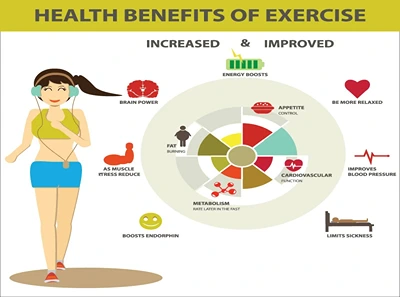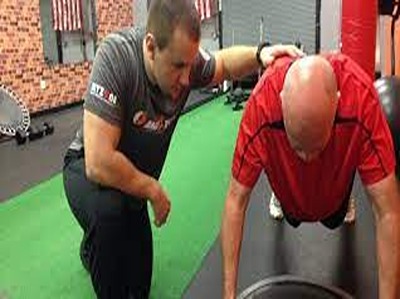Fitness can be categorized into several different types or components, each focusing on specific aspects of physical well-being. These different types of fitness are interrelated, and a well-rounded fitness regimen often incorporates multiple components. Here are some of the primary types of fitness:
- Cardiovascular (Aerobic) Fitness: This type of fitness relates to the health of your heart and lungs. It involves activities that increase your heart rate and breathing, improving your body’s ability to transport oxygen to muscles. Examples include running, swimming, cycling, and aerobics.
- Muscular Strength: Muscular strength is the ability of your muscles to exert force against resistance. Resistance training, weight lifting, and bodyweight exercises help build and increase muscular strength.
- Muscular Endurance: Muscular endurance is the ability of your muscles to perform repetitive movements over an extended period. High-repetition, low-weight exercises, and bodyweight exercises are useful for improving muscular endurance.
- Flexibility: Flexibility is the range of motion around your joints. It allows you to move more freely and helps prevent injuries. Stretching exercises, yoga, and Pilates are great for improving flexibility.
- Balance and Coordination: Balance and coordination are crucial for stability and preventing injuries. Balance exercises and activities like yoga and Pilates help improve these aspects of fitness.
- Body Composition: Body composition is the ratio of fat mass to lean muscle mass in your body. Achieving a healthy body composition involves managing your diet, exercise, and lifestyle to maintain a balanced ratio.
- Speed: Speed is the ability to move quickly from one point to another. It’s important in various sports and activities that require quick bursts of motion, such as sprinting and agility training.
- Agility: Agility is the ability to change direction quickly and with precision. It’s vital in sports like soccer, basketball, and tennis.
- Power: Power is a combination of strength and speed. It’s the ability to generate force quickly, which is important in explosive movements like jumping, throwing, or sprinting.
- Reaction Time: Reaction time measures how quickly you can respond to a stimulus. It’s essential in sports and activities that require quick decision-making and reflexes.
- Mental Fitness: Mental fitness involves cognitive and emotional well-being. It includes focus, resilience, stress management, and overall mental health. Regular exercise, mindfulness, and stress-reduction techniques can contribute to mental fitness.
- Functional Fitness: Functional fitness focuses on exercises and movements that mimic real-life activities, improving your ability to perform daily tasks and reduce the risk of injury.
- Social Fitness: Social fitness relates to the ability to engage in physical activities with others, fostering social connections and a sense of community.
- Occupational Fitness: This pertains to the physical requirements of your job. It’s important to maintain fitness levels that allow you to perform your job safely and effectively.
- Recreational Fitness: Recreational fitness includes physical activities that you do for leisure, enjoyment, and relaxation. It can encompass a wide range of activities, from hiking and swimming to playing sports for fun.
It’s essential to consider your personal goals and interests when choosing which types of fitness to focus on in your fitness routine. A well-balanced fitness program often includes elements from several of these types to promote overall health and well-being. Additionally, consulting with a fitness professional can help you tailor your fitness regimen to your specific needs and goals.




